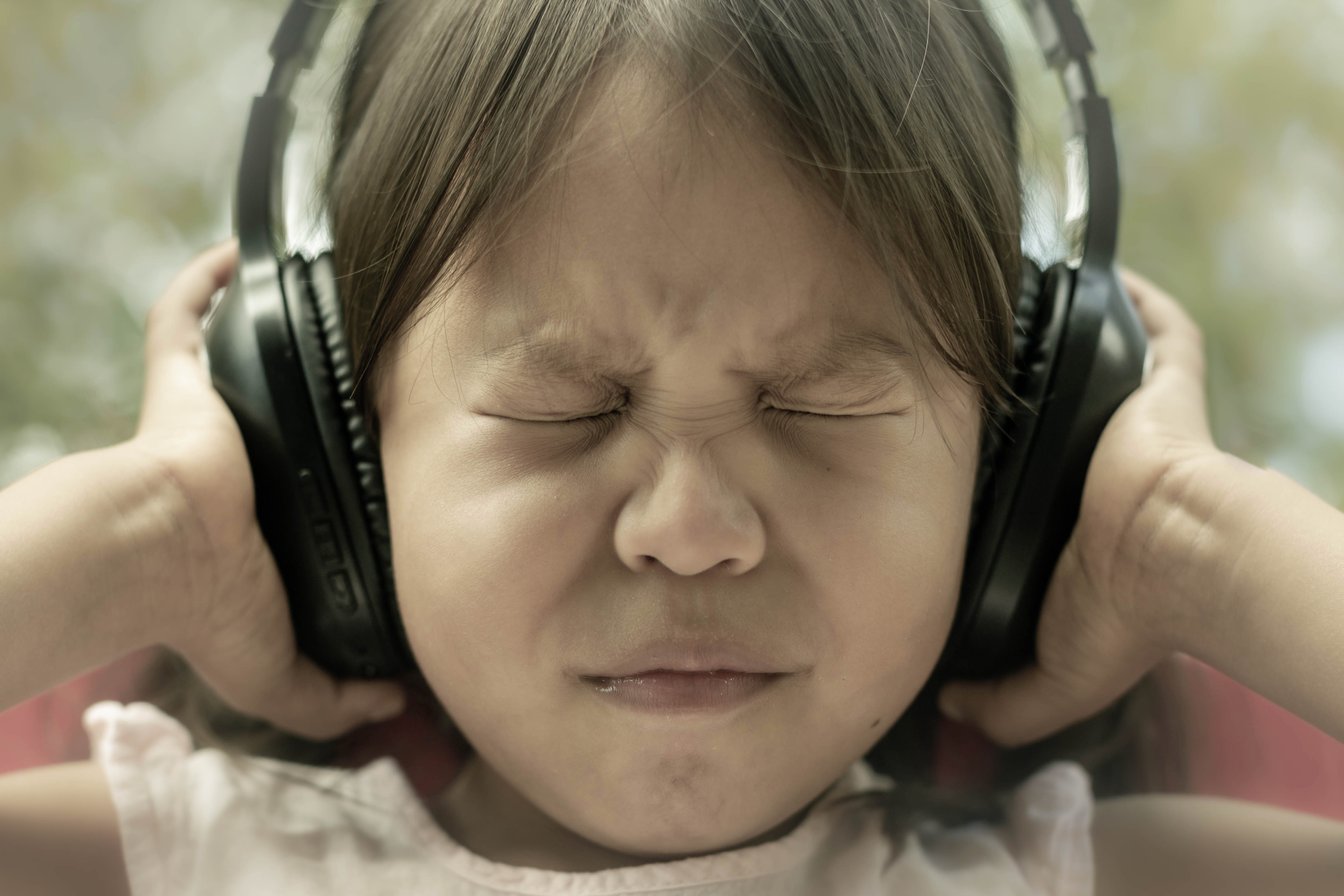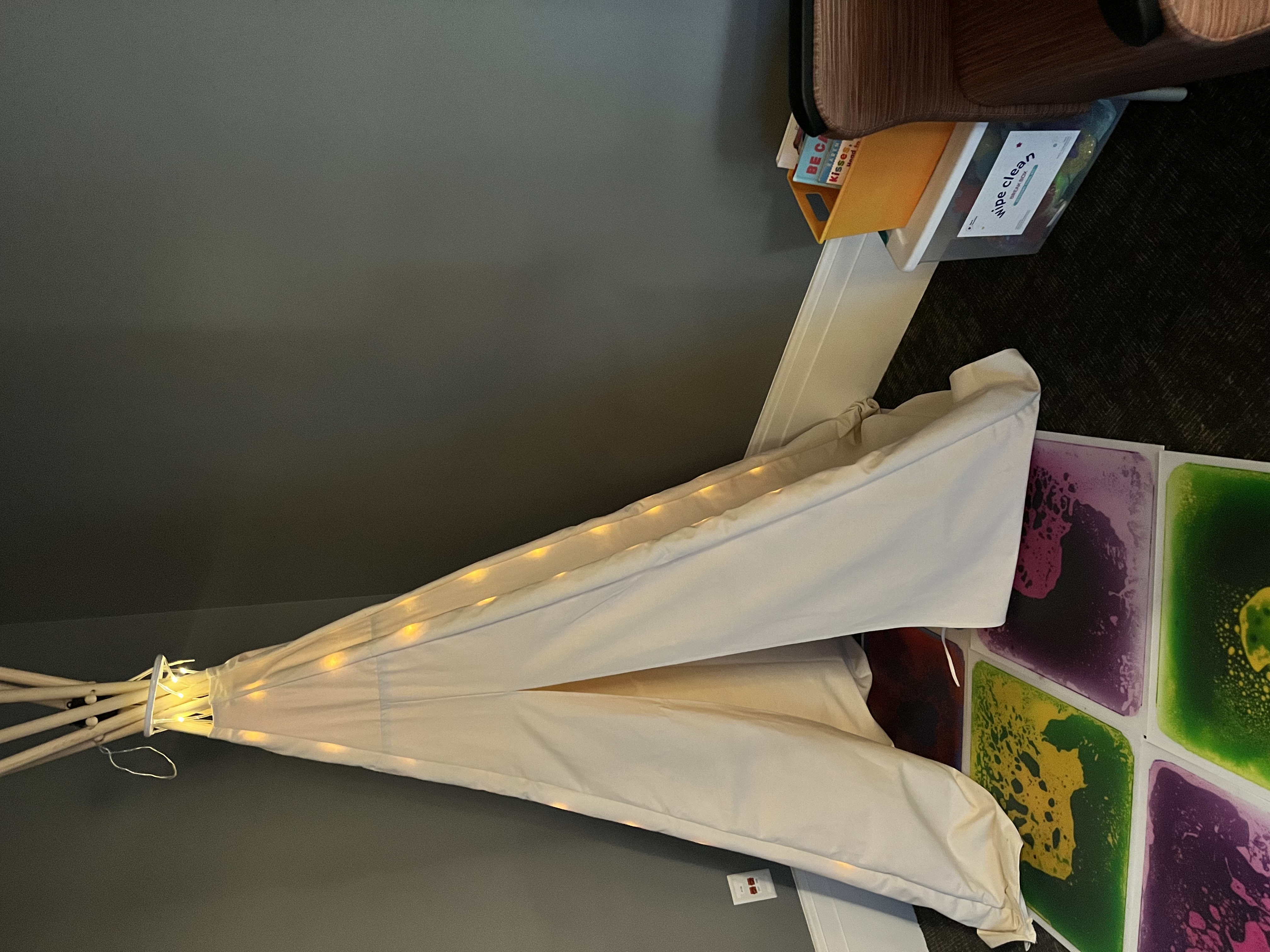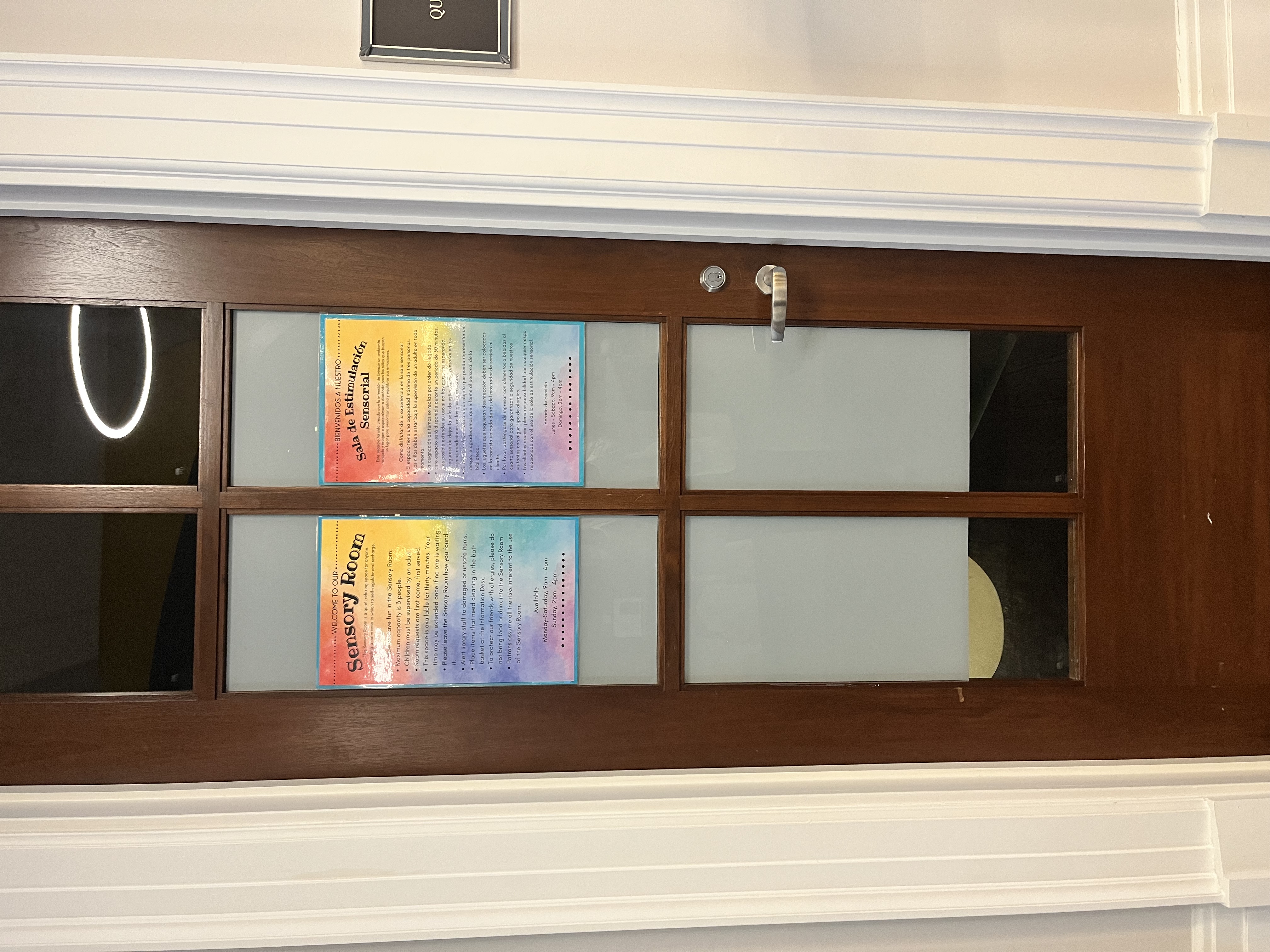
What is a Sensory Room?
Sensory Rooms are spaces designed for children with sensory-processing disorders as a place to relax, self-regulate, and reconnect with their senses. Studies show promising results from the use of such rooms, especially for children who have Autism Spectrum Disorder (ASD), but these types of self-regulation tools can benefit all children who experience sensory sensitivities or overwhelm. Many neurodivergent children use stims, or impulsive, repetitive movements of the body or an object, as coping mechanisms for stress and sensory overwhelm, or for self-regulation in general. Common stims include snapping, clicking pens, shaking one's head, bouncing up and down, fidgeting with one's hand or an object, and nail-biting, though the list goes on and on and is highly individualized. Sensory Rooms provide a safe, quiet space in which to experience their particular stims, or to connect with the senses in other ways, perhaps through a variety of sensory-stimulating objects. Children may wish to use the Sensory Room as a dark, peaceful sanctuary, or instead, as a space for sensory exploration and expression.









